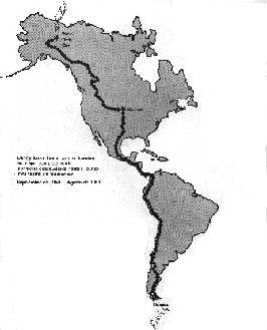
O. Rodentia
- Ctenomyidae,
-Geomyidae,
-Muridae,
-Erythizontidae
-Sciuridae
2 incisors - South American Evolution - North American Evolution
-connection with Africa / South America and arrival of rodents 38 million years ago from an African origin.

-discuss the origin of the main lineages of rodents in north america and south america. Be sure to know the direction of the main lineages of mammals that I discussed in lecture. That is:
Which way the groups that I talked about went? North or south?
What was the event that enabled this movement? Who was the person who published a lot on this, and what was the event called?
1. Muroids - most common are Mus musculus and Rattus spp.
Rattus is the most speciose of the rodents .
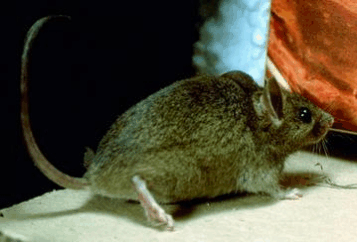
2. Caviomorpha - Hystricognaths
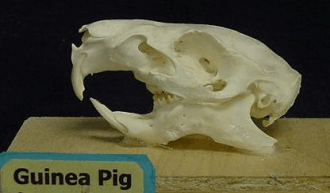
Cavia sp.
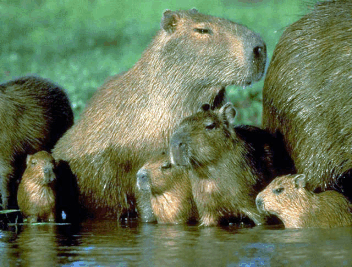
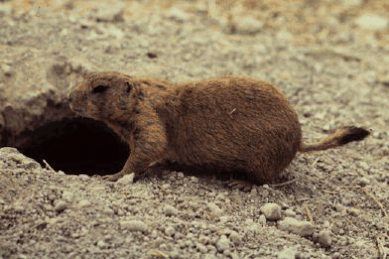
4. Sciurididae
Prairie dog = Cynomys
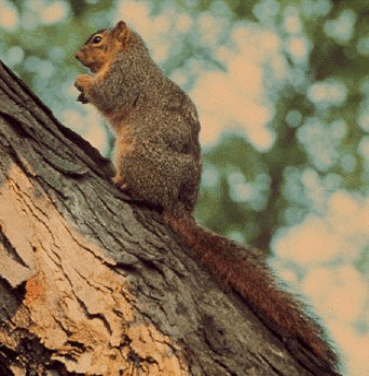
http://www.ukans.edu/~ mammals/list.html
5. Arvicolidae - voles and lemmings. (Also known as Muridae - Arvicolinae) - however there is sufficient evidence in the paleontological record (see Repenning’s works) that the Arvicolidae is a good family name.

Microtus ochrogaster (Wagner)

Synaptomys cooperi Baird
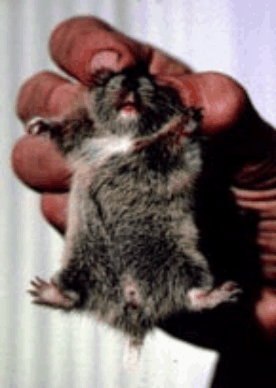
Dicrostonyx sp.
- lemming cycles
- high numbers migrate around but don’t jump off cliffs. Do swim into waters of large proportions during high density years.
-snowy owls
-Alopex lagopus - arctic fox
Family Geomyidae - pocket gophers
Geomys bursarius
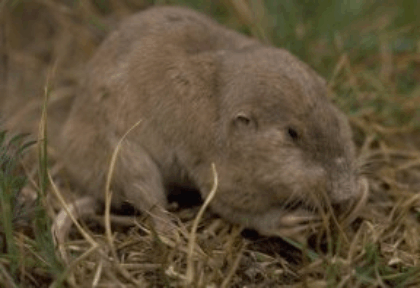
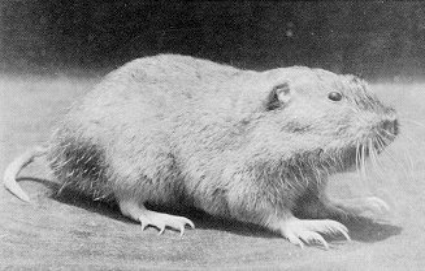
Thomomys

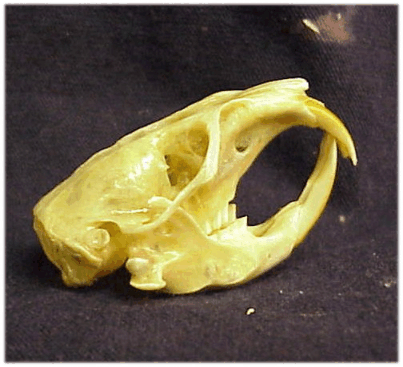
pocket gophers
-incisors are procumbent
digging feet
-fur lined cheek pouches
-many parasites

Thomomys mazama
O. Lagomorpha - Rabbits, Hares, Pikas (F. Ochotonidae, F. Leporidae).
4 incisors 2 big 2 small
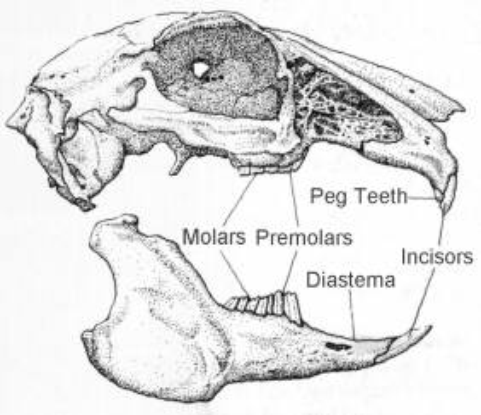
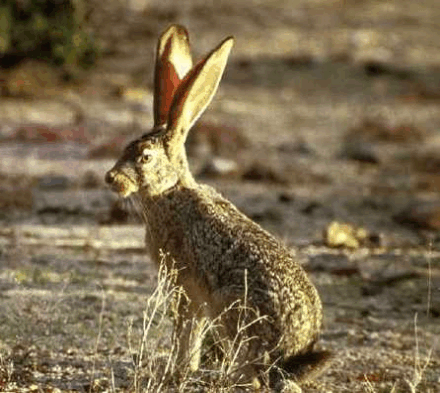
Lepus californicus
O. Xenarthra Strange Joint Animals
Sloths - Glyptodon,Armadillos
Xenarthra originated in South America.
Evolved in South America while SA was an island continent. After the breakup of Gondwanaland..
When South America and North America became connected
- A massive migration occurred between the continents - sloths and marsupials moved north
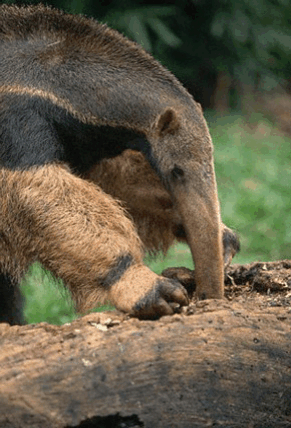
Sloths Anteaters armadillos - very old, occurring in South America. A group that went extinct in north america after an origin in south and subsequent invasion of the north.
Origin and diversification of the South American land mammals.
-
Cabassous chacoensis
Chaetophractus
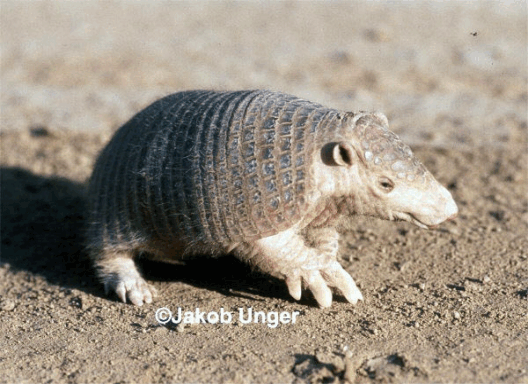
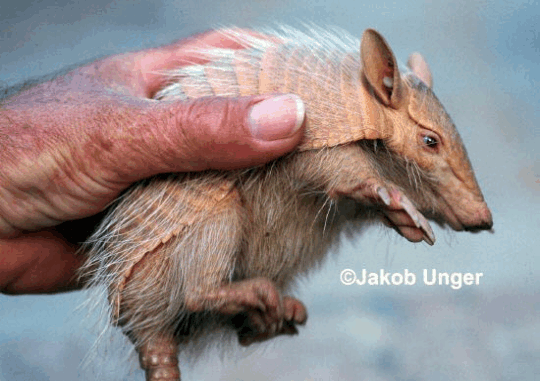
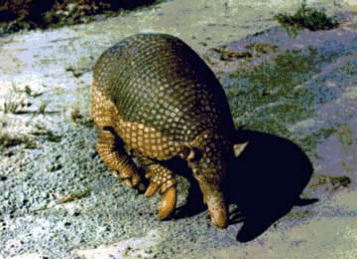
Priodontes
Some mammalian groups that we will not have too much time to cover include:
* Artiodactyla - Even-toed Ungulates cows
* Cetacea - Cetaceans
* Chiroptera - Bats Dist. -Cosmppolitan
* Dermoptera - Flying lemurs
* Didelphimorphia - American opossums (Marsupialia)
* Diprotodontia - Kangaroos, Wombats and Phalangers (Marsupialia)
* Hyracoidea - Hyraxes
* Insectivora - Insectivores - moles, shrews
* Lagomorpha - Rabbits, Hares
* Macroscelidea - Elephant shrews
* Microbiotheria - Colocolos
* Notoryctemorphia - Marsupial mole
* Paucituberulata - Shrew-opossums
* Peramelemorphia - Bandicoots
* Perissodactyla - Odd-toed ungulates - horses
* Pholidota - Pangolins
* Primates - Monkeys, Apes
* Proboscidea - Elephants The elephants - 3 extant species
* Rodentia - Rodents Thousands of species
* Scandentia - Treeshrews
* Sirenia - Sea cows and Manatees
* Tubulidentata - Aardvark
* Xenarthra - Edentates South and North American
You will be expected to know only orders that are highlighted in color and those (like monotremes) that we discussed in class. The others here are included for your information. See the web site Mammal Species of the World for a complete listing: http://nmnhgoph.si.edu/msw/
O. Chiroptera- the bats:
-cosmopolitan distribution
-only true air-borne powered flight mammals.
-2nd largest Order in terms of number of described species.
-numerical density is often very large in areas of high insect diversity
-very high metabolic rate
-Microchiroptera
-Around here Myotis lucifigus is commong as is Eptesicus fuscus.
http://www.digimorph.org/specimens/Eptesicus_fuscus/head/
Verpertilionidae are mostly insectivorous. Can be seen flying in the evening around trees after warm summer days.

F. Verspertilionidae
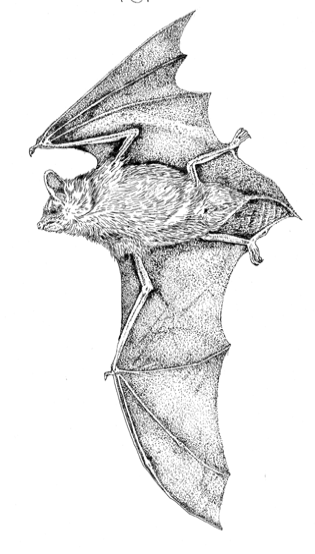

Eptiscus fuscus
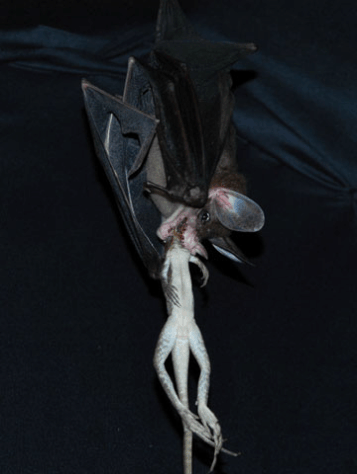
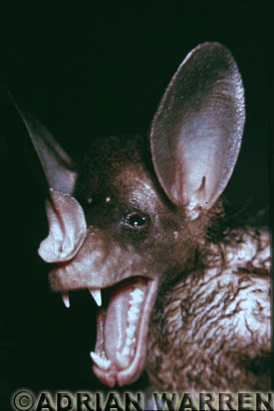
Vampyrum spectrum with a prey item
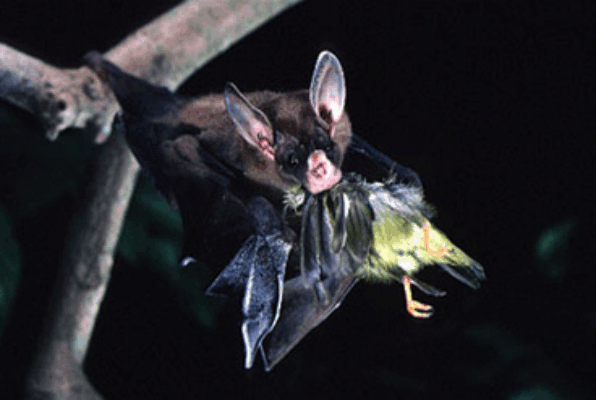
Vampyrum with a prey item - bird!
These are examples of leaf nosed bats - F. Phyllostomatidae

Artibeus sp

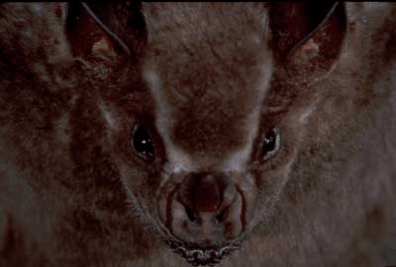
.
O. Proboscidea
F. Elephantidae
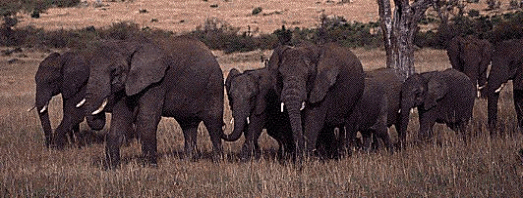
-history:
Proboscideans evolved and diversified in Africa. The oldest proboscidean is a meter-high unnamed animal from the Lower Eocene of Algeria. Throughout the Upper Eocene and the Oligocene, extensive fossils of large proboscideans are known. During the Miocene, proboscidean groups emigrated to most other continents, becoming a widespread and important group until the extinction of most species in the Pleistocene.
-So the elephantids did not enter the new world until one of the earlier glacial epochs sometime around the Miocene - 20-30 MYA. They then went extinct in the new world and the neotropics.
-characters:
Tusks
Long Nose
Huge pinnae
Long life span
3 species 1 in India 2 in Africa.

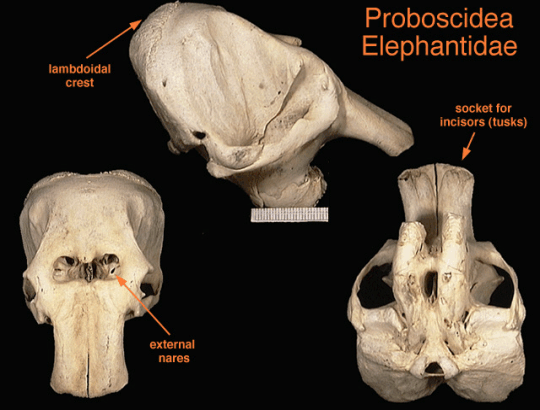
Order Primates
Kingdom: Animalia
Phylum: Chordata
Subphylum: Vertebrata
Class: Mammalia
Order: Primates
-ancient and diverse eutherian group,
-233 living species placed -
-13 families.
-Most dwell in tropical forests.
-smallest primate is the pygmy marmoset, weighs 70 g
gorilla is largest, weighing up to around 175 kg.
Primates radiated in arboreal habitats, and many of the characteristics by which we recognize them today (shortened rostrum and forwardly directed orbits, associated with stereoscopic vision; opposable hallux and pollex; unfused and highly mobile radius and ulna in the forelimb and tibia and fibula in the hind) probably arose as adaptations for life in the trees or are primitive traits that were retained for the same reason.
Several species, including our own, have left the trees for life on the ground; nevertheless, we retain many of these features. (Text above is From Animal Diversity Web Site by Phil Myers).
Lemuridae
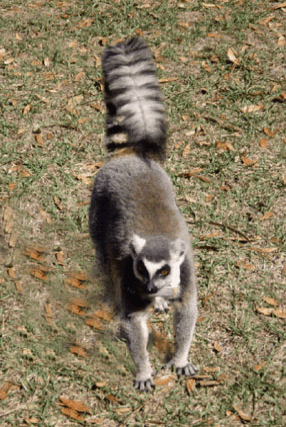
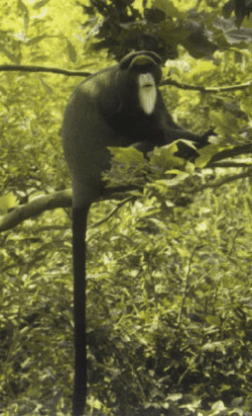
Cercopithecidae
Cebidae
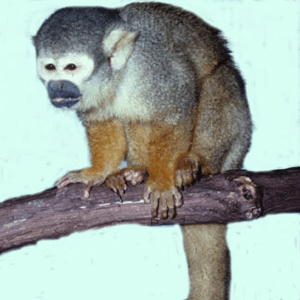
Squirrel monkey
Family Hominidae
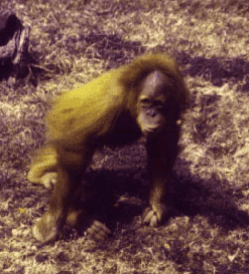
Pongo
Pan

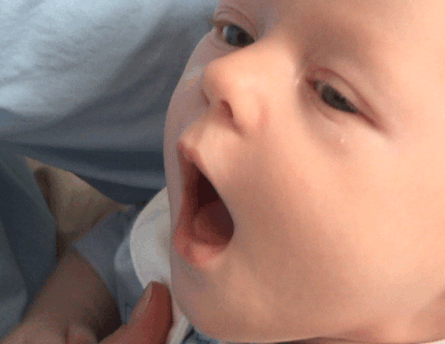
Homo sapiens As Linnaeus said - Know Thyself -